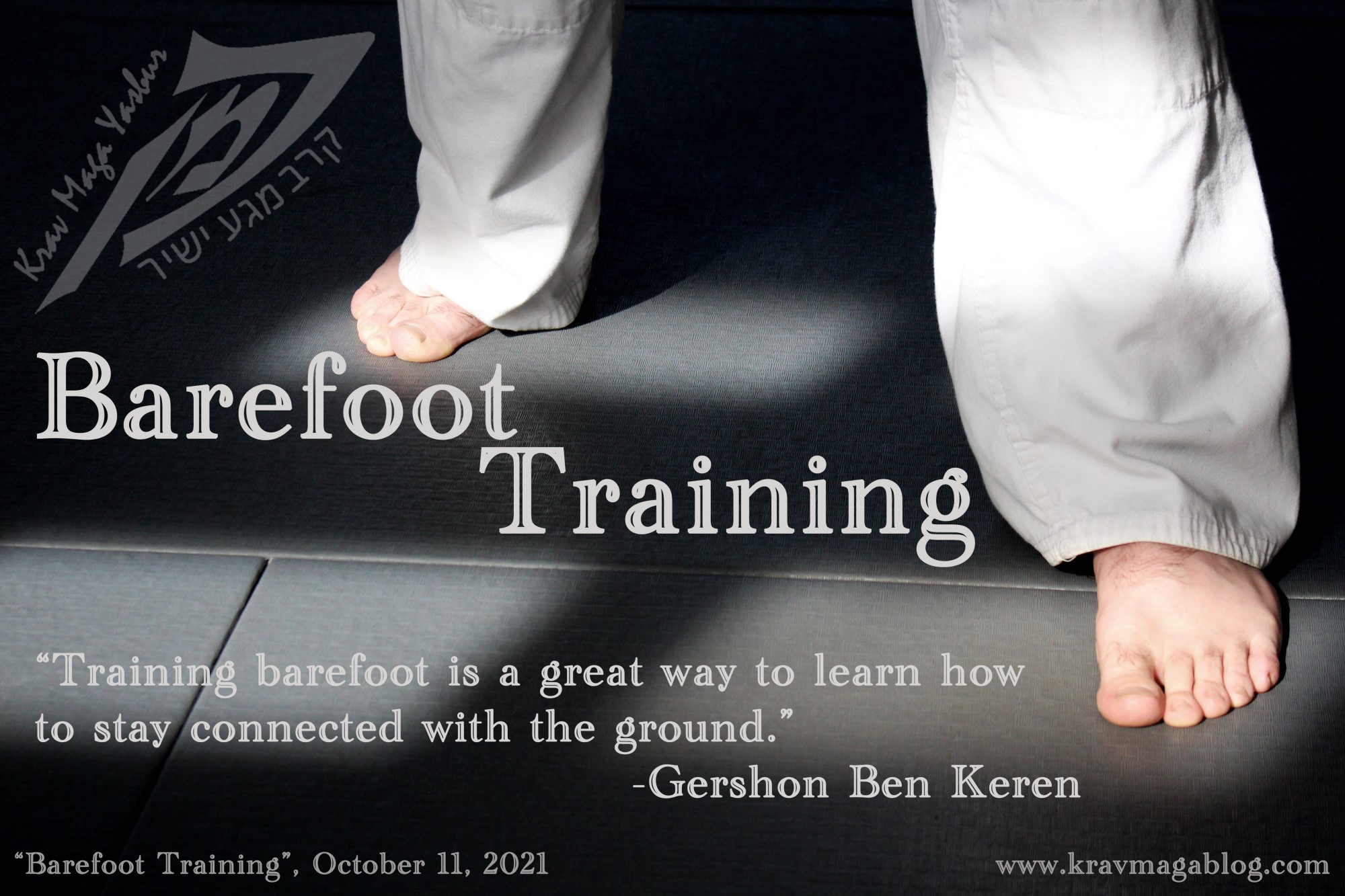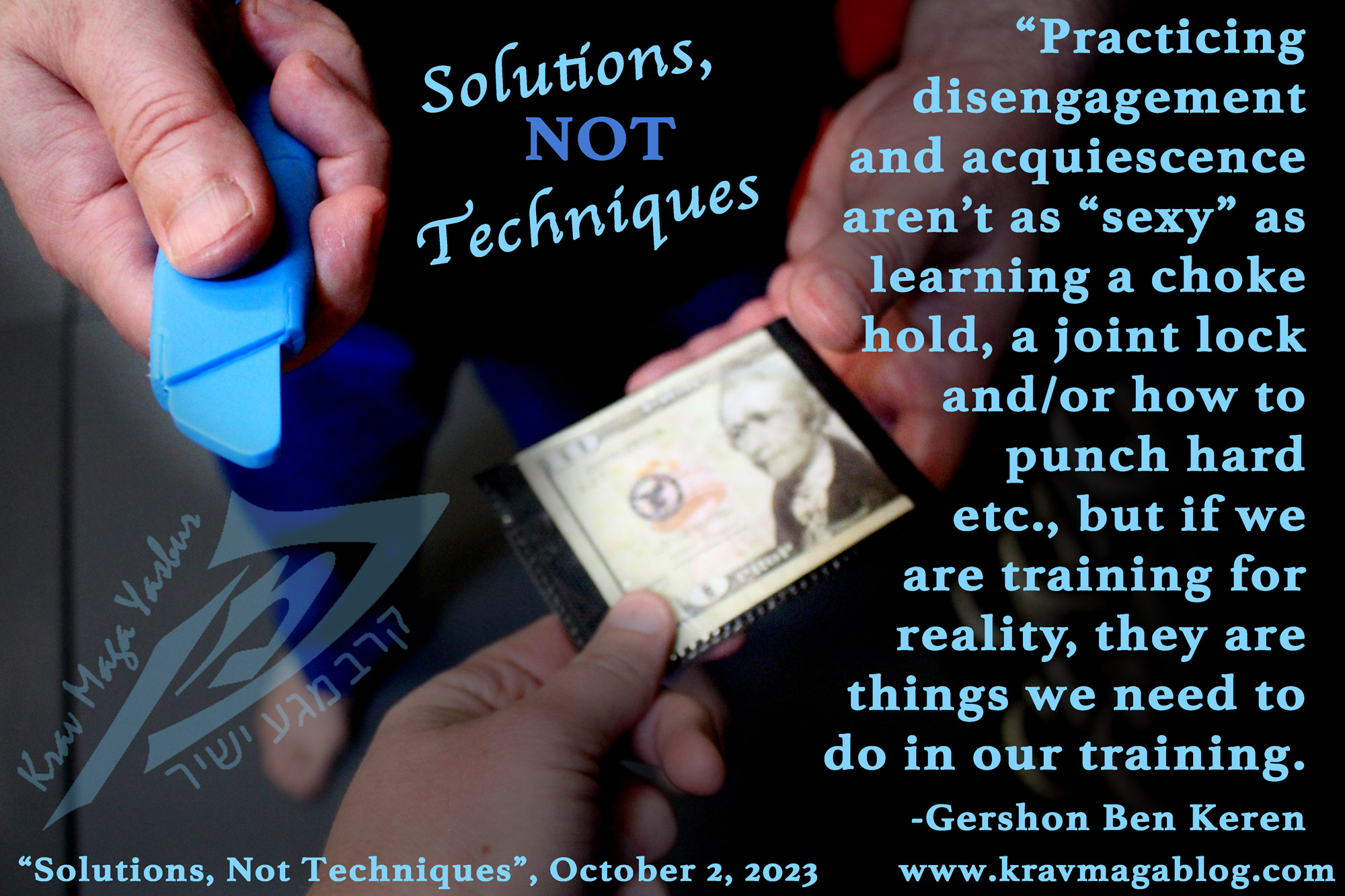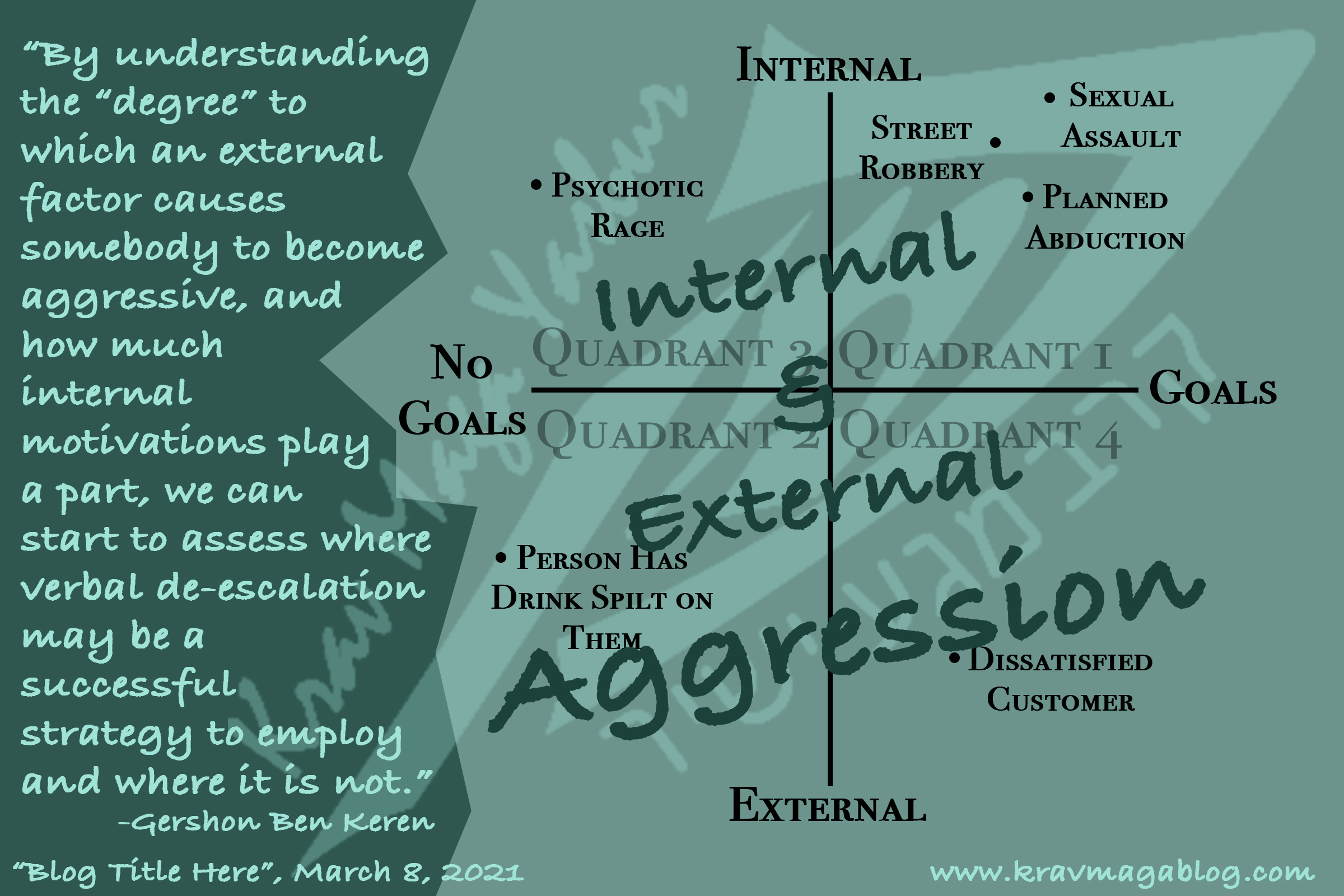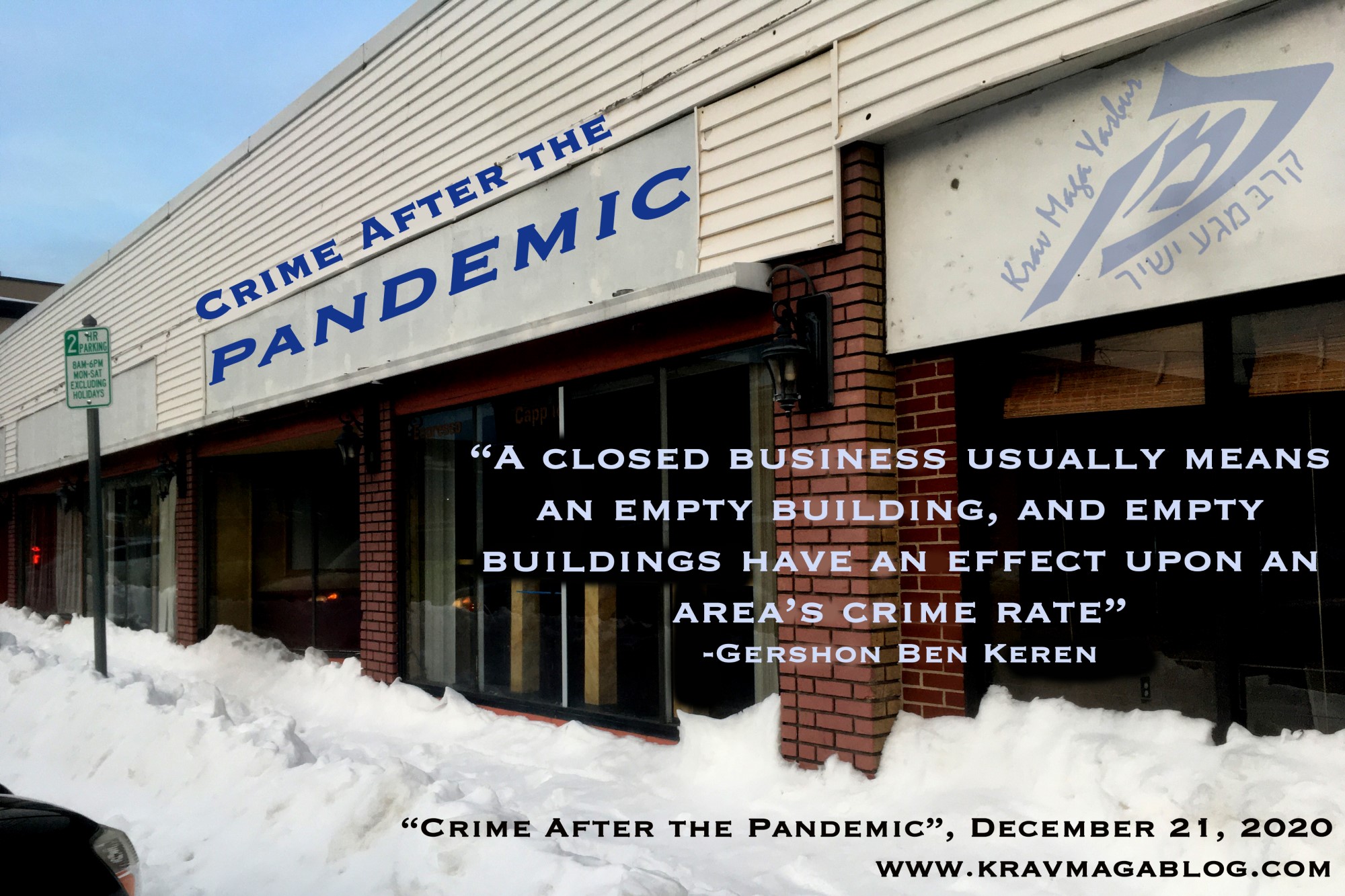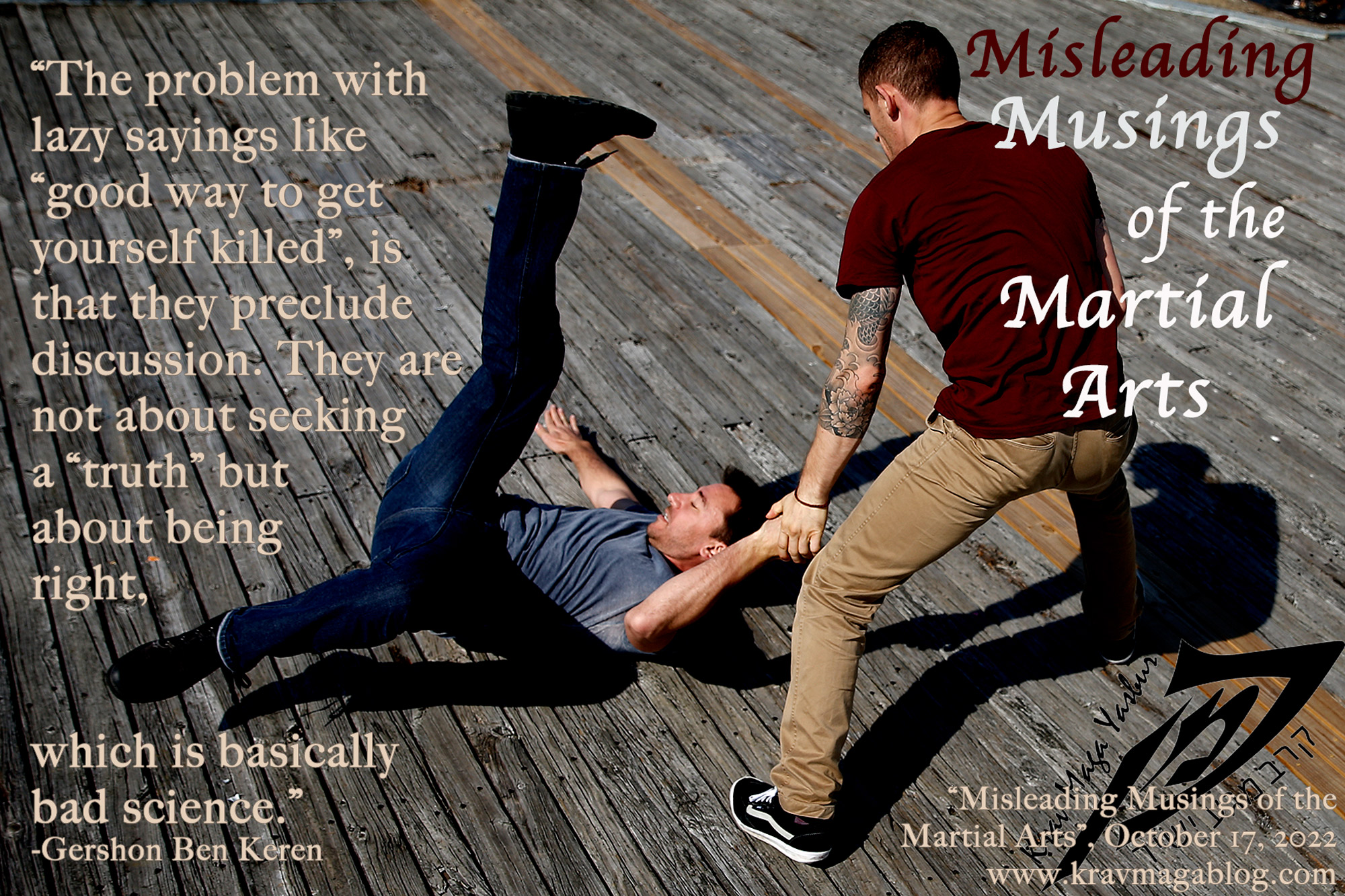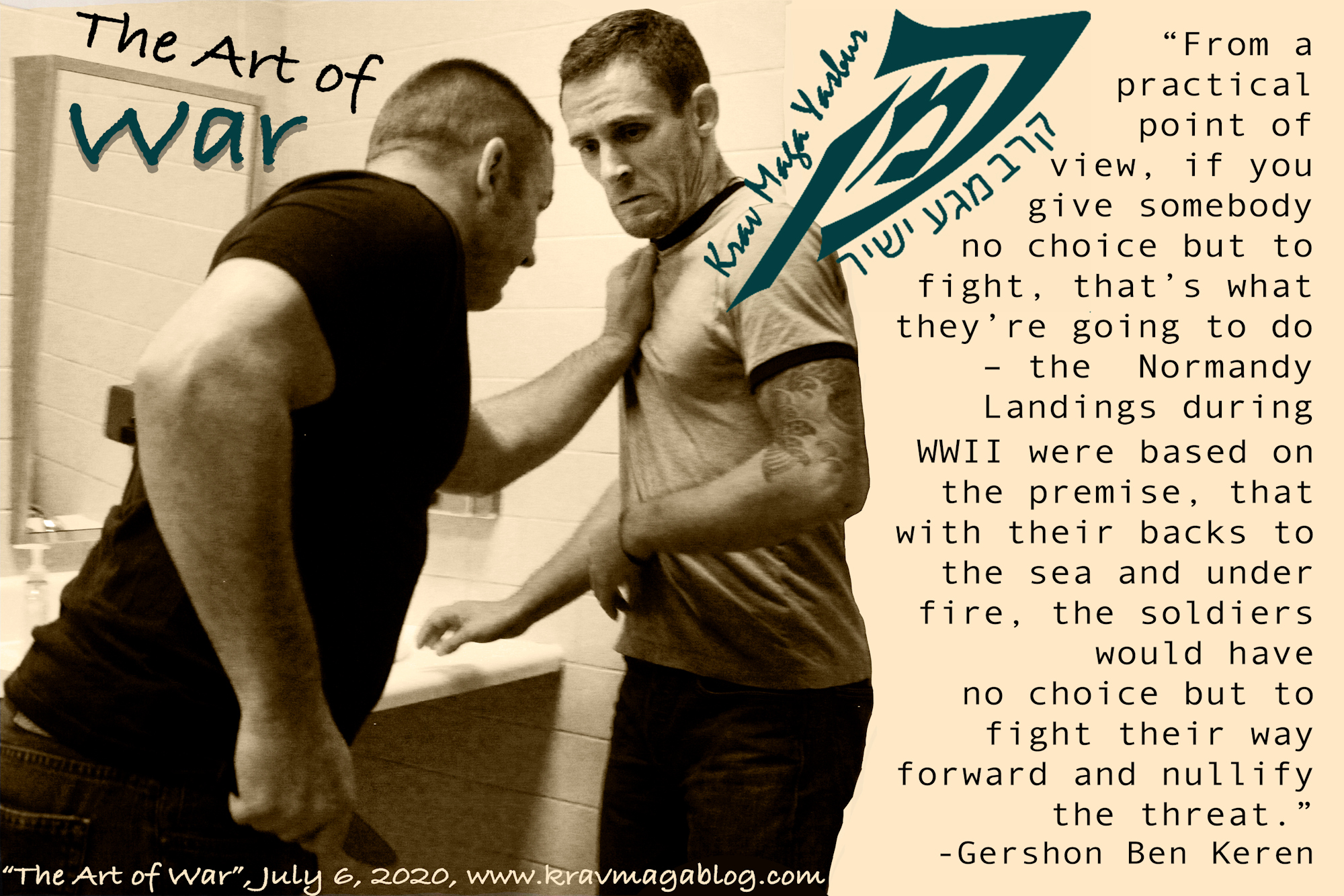What Has MMA Ever Done For Us, is an article written by Gershon Ben Keren, a 5th Degree Black Belt in Krav Maga, who teaches Krav Maga in Boston, MA. He has also authored three Amazon best-Selling Books on Krav Maga.
The first UFC fight took place on November 12th, 1993. That’s nearly 22 years ago. In its original format it looked to pit fighters from different martial arts against each other, regardless of weight category, to determine which the most effective martial art in a fight was. At its inception there were only a few rules, now there are hundreds. In the old days, fighters tended to have trained in one particular style, and supplement their training with that from other systems that specialized in areas that they didn’t (Mixed Martial Arts – MMA), now MMA has almost become a style of its own. In this blog article I want to look at what the past 20 years of the UFC, and the development of MMA, has taught the reality based self-defense (RBSD) community, and how it has influenced the way that RBSD is taught and practiced.
Many instructors who teach reality based self-defense have become threatened by the success and popularity of MMA, and have started to use the term in their advertising e.g. MMA for the street, illegal MMA etc. Some have even taken techniques they have seen in MMA matches, added a few gouges, bites and groin strikes and tried to market/sell what they’ve created as reality based self-defense, rather than looking at what actually happens in a real-life confrontation – and yes it is very different to a mixed martial arts fight – and base solutions on this. The Octagon (in which UFC fights take place) is 750 sq ft, of open floor/space, and is 30ft wide. What can occur/happen in this space between 2 combatants isn’t limited by space, obstacles and other people. This means fighters can find themselves in situations and positions that are virtually impossible to recreate in the real world e.g. imagine how different a UFC fight would look if it took place in a moving train carriage, or a crowded bar etc. Imagine how MMA would have evolved if instead of the Octagon its fighters, fought in a moving bus; how different would ground fighting look, when “ground” could mean fighting from your back, after being pushed down on to a row of seats, or how effective low kicks would be in such a confined space, and on a moving vehicle. As reality based self-defense instructors we can admire the fighting skills, of those who compete in MMA, but we would be wrong to assume that techniques used in these fights can be transferred to real-life situations, even if we just take some of the rules away and add some biting, gouging, and groin strikes etc. The environment in which UFC fights take place is designed so that professional fighters can do anything that is physically possible, however in real-life situations, the environments are not so forgiving and may prevent many UFC type techniques from either working or being applicable.
I practice/teach Krav Maga, which is a military system of fighting. I have been fortunate enough to have trained with some of the IDF’s top trainers, however I have to acknowledge that the environments they are training for, are very different to those that my students and I are trying to deal with. Military violence is not the same as the social violence, most of us are likely to face. When Dave Ashworth (someone who has served at the highest level) last came to Boston we talked about this. The extreme situations that he faced in both the Middle East and Northern Ireland were far more dramatic and serious than the situations I have faced working door/bar security, and yet the situations I have had to deal with are far more common, numerous and familiar to civilians than the ones he has faced. Can we learn from his experiences, and take away amazing lessons from them? Absolutely. However we have to translate them in order to make them relevant to us. We have to do the same with MMA techniques, and simply adding in “illegal” moves doesn’t cut it, they need to reflect our reality. We need to look to our realities when evolving what we teach rather than simply copying what MMA fighters and military trainers do.
One of the positive things that MMA has done for RBSD systems, is to show the importance of sparring as a training tool, and that individuals need to have strong physical skills, being able to punch and strike with power. MMA has knocked squarely on the head that self-defense is just about eye strikes and groin slaps, and that no real skills are necessary. It has always been one of my pet hates, that people involved in reality based self-defense will dismiss sparring as a training tool on the basis that sparring doesn’t resemble or reflect a street fight or real life confrontation. I agree that sparring isn’t an accurate reflection of what happens in reality, however it is a phenomenal tool for getting people to work and operate under pressure, and to experience what it is like to get hit in a controlled and safe manner. When people spar for the first time they soon realize the difference between the shock of getting hit, and the pain of getting hit; that it is the surprise element that is jarring rather than the physical pain – this is a great lesson to learn for reality based self-defense. Yes, the format of a sparring match looks nothing like a real-life assault, however MMA has shown the importance of being able to deal with someone who is coming for you at full tilt.
Another thing that MMA has woken the martial arts community up to, is the importance of fitness and conditioning. I believe that reality based self-defense comprises of three components: simple techniques, aggressive mindset and physical fitness. MMA has shown that conditioning plays a large part in a physical confrontation. Those athletes who compete in the UFC train both aerobically and anaerobically, they do cardio work and they lift weights. I have had people argue with me, that the reason I can do a lot of the Judo pick-ups that I like/employ, is because of the amount of weight training I do. To a certain extent they are right, though there is much more technique and subtlety in throwing than they can see. One of the reasons I can get the height on the pick-ups and lifts I do, is because of the resistance training I do. I don’t apologize for that because I train for it; I do speed work as well, but I also do strength training. MMA has shown the need for physical conditioning beyond martial arts practice and that is a great thing.
MMA is not reality; two competitors, who are willingly fighting, in a sterile environment, who know their opponents, and will be told when the fight (structured with rules and weight classes) will begin, are not reflecting reality. As those studying reality based self-defense, we need to stop getting caught up in the idea that our techniques should resemble or reflect MMA ones. At the same time we should acknowledge some of the training methods MMA practitioners use are productive and beneficial. It is time for those who teach RBSD to acknowledge the advantage that the skills and conditioning that MMA practitioners have are beneficial and don’t contradict what is required to survive a real life encounter.
0 COMMENTS
